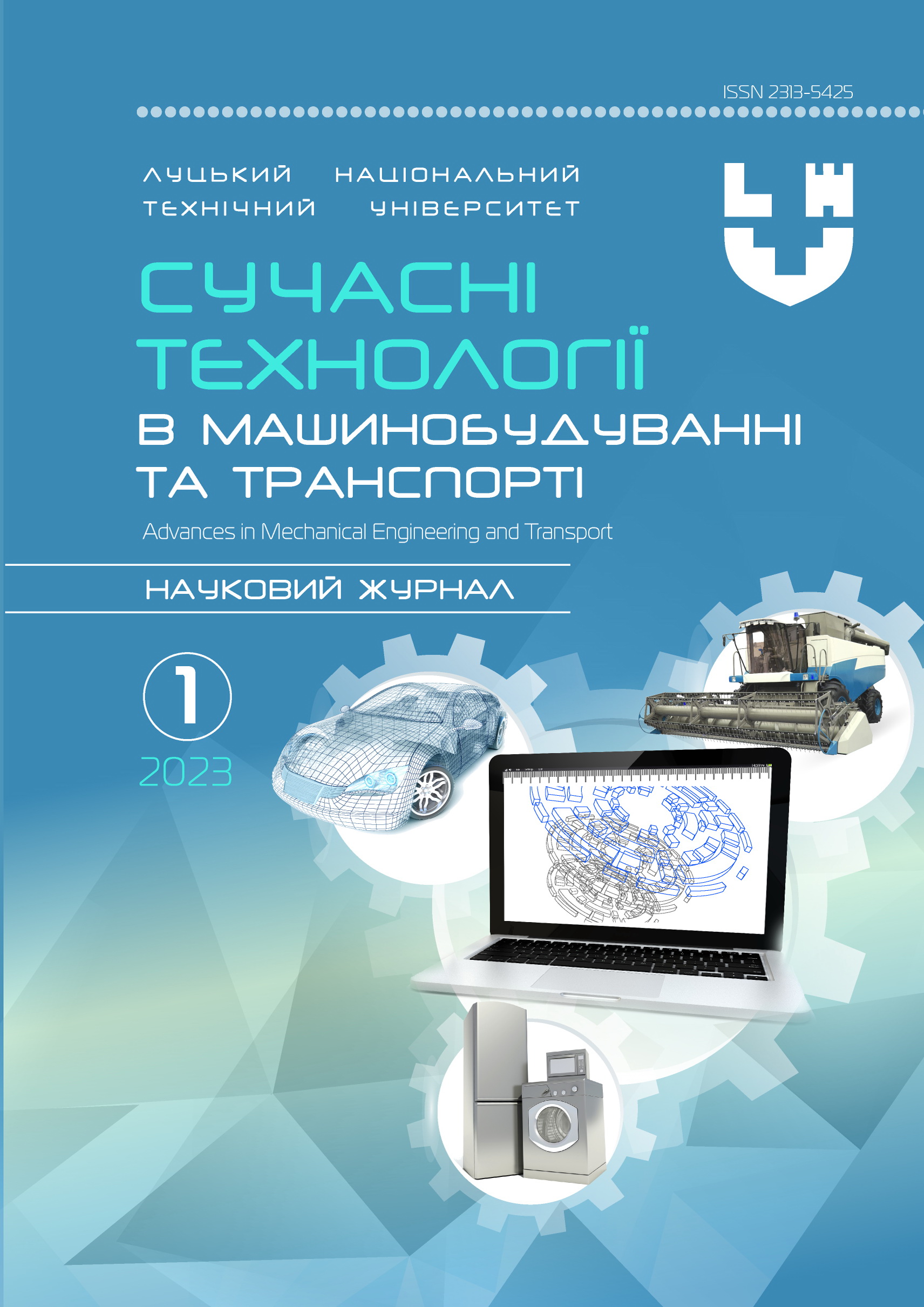Process and tool study for deep soil dissolution
Abstract
One of the determining factors of the physical degradation of soils in our country is their over-compaction. Research has established that 39% of arable land in our country is in an over-compacted state, that is, their hardness in the plow sole exceeds 35-40 kgf/cm2. An important element of eliminating such a negative phenomenon is the establishment of contours of areas with soils whose hardness exceeds the permissible limits. Therefore, the scientists substantiated the expediency of increasing the number of measurements per unit area, which ensures the representativeness of the obtained data. Attention is also focused on the expediency of using a permanent grid of measurements with reference to the coordinates of the measurement points and the field contour.
The problem of soil degradation through their over-compaction contributed to the emergence of a wide range of machines for deep loosening of the soil from the leading manufacturers of tillage equipment. All the proposed implements are high-performance machines and require energy-rich tractors with an engine power of 40 kW or more. At the same time, there is practically no offer of machines of this class for tractors with an engine power of 20-25 kW, which does not allow deep loosening to be carried out on small homesteads with an area of up to 0.5 ha. However, most of them have subgrade compaction up to 30 or more kgf/cm2.
Therefore, the purpose of the work is to establish the influence of the method of soil cultivation on its hardness and to substantiate the design of the tool for loosening the subsoil layer for a tractor with an engine power of 20-25 kW. To solve the set goal, a research methodology was developed using the Lan-M PRO device and the mobile application from Farmis, which allows you to obtain objective information about the amount of soil hardness, its change by field area and depth within the range of 2.5-60 cm and over time with a clear update of measurement points.
A universal design of the cultivator was also developed, which allows its use both for deep tillage and for ordinary solid tillage. Theoretical calculations showed that for performing deep loosening work with such a cultivator in a unit with a HTZ-3510 tractor, the traction force of a tractor of this class will be quite sufficient to perform the indicated operation. The specified result is achieved thanks to the tiered arrangement of the loosening paws and their improved attachment to the frame.
The results of the study of the soil hardness of the experimental area showed that after the first cultivation of the areas that had not been cultivated for a long time, the soil hardness stabilizes within the studied depths. This hardness only in certain zones, in which apparently from time to time the wheeled vehicle moved, exceeded the permissible values for the normal growth of the root system of agricultural plants (more than 35-40 kgf/cm2). Plowing such fields to a depth of 18-20 cm and subsequent cultivation to a depth of 10-12 cm, on the contrary, leads to the compaction of the subsoil layer, because in all variants of the study, at a depth of 25 cm and more, significantly more areas with a soil hardness of more than 35 kgf/cm2 were found. It is obvious that heavy rainfall also had a certain influence on the growth of hardness. At the same time, the use of a modernized cultivator deep-loosener made it possible to reduce the hardness of the soil in a layer of 5-30 cm to values that do not exceed 30 kgf/cm2. Which confirms the expediency of implementing the design of the tiered deep loosener proposed in the work.
Keywords: soil hardness, deep loosening, design of the cultivator-deep loosening, traction force, bracket, frame, tier arrangement of paws.




